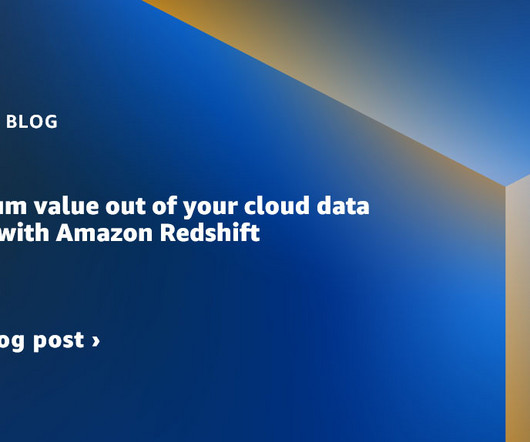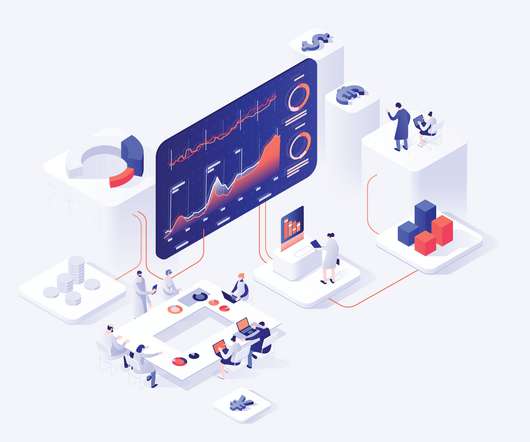How IBM and AWS are partnering to deliver the promise of AI for business
IBM Big Data Hub
OCTOBER 30, 2023
The global AI market is projected to grow to USD 190 billion by 2025, increasing at a compound annual growth rate (CAGR) of 36.62% from 2022, according to Markets and Markets. Real-time data analytics helps in quick decision-making, while advanced forecasting algorithms predict product demand across diverse locations.














Let's personalize your content